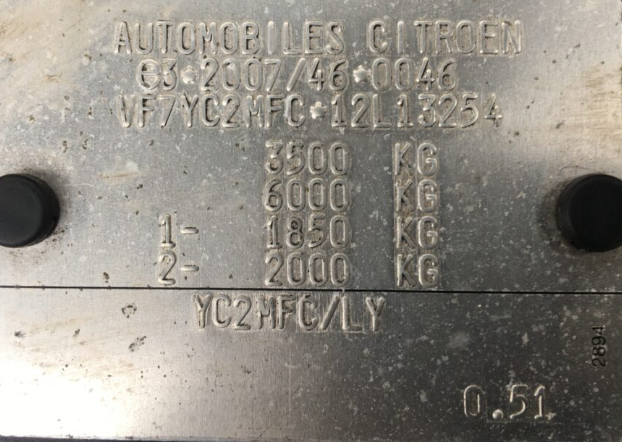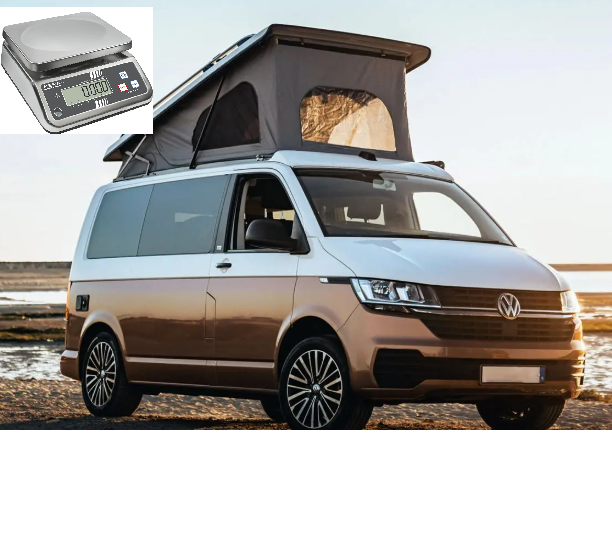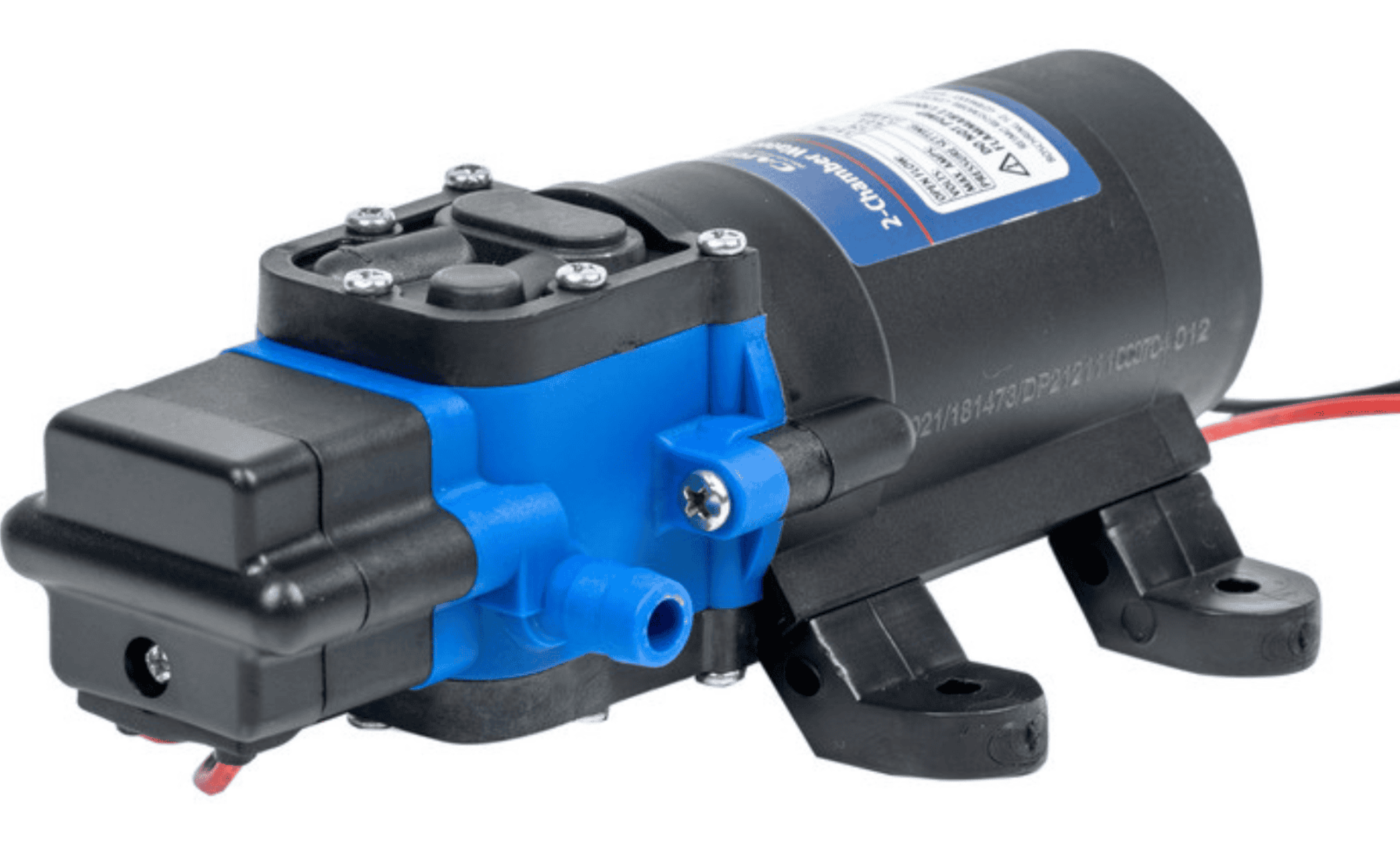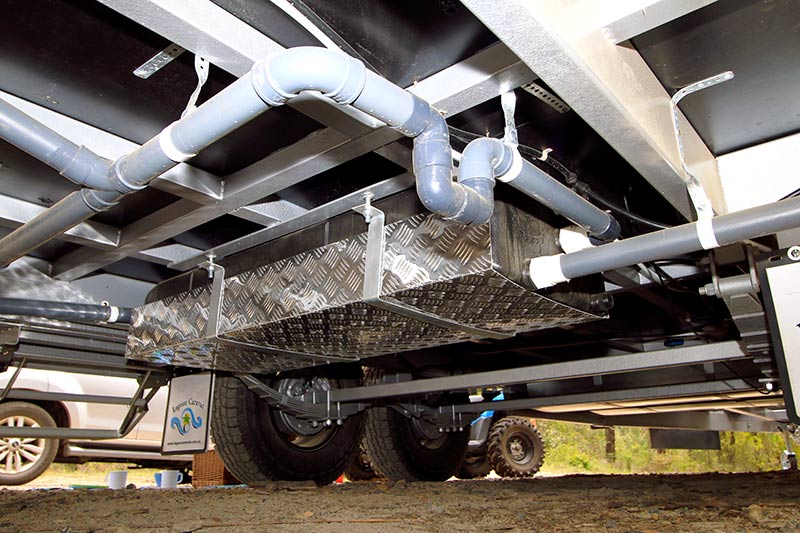Converting a campervan is an exciting project, but it’s crucial to understand vehicle weight to ensure safety and UK legal compliance. Here’s a quick WeConvert guide to the key weight considerations.
Why does my Campervan Weight Matter?
Safety:
- Overloading can affect your van’s handling, braking, and stability, increasing the risk of accidents.
- It can also put excessive strain on your vehicle’s components, leading to premature wear and tear.
Legal Compliance:
- Vehicles have a maximum legal weight limit known as the Gross Vehicle Weight Rating or GVWR. Exceeding this limit is illegal and can result in fines.
- A standard UK driving license (category B) generally allows you to drive vehicles up to 3.5 tonnes (3,500kg) Gross Vehicle Weight Rating (GVWR). Exceeding this limit requires a category C1 license.
Performance:
- Excess weight can reduce fuel efficiency and strain your engine.
Camper Van Key Weight Terminology:
- Gross Vehicle Weight Rating (GVWR) – This is the maximum permissible total weight of your van or trailer, including the van itself, passengers, cargo, and all your conversion components. It is also known as Maximum Authorised Mass (MAM) or Max Laden Weight.
- Kerb Weight – This is the weight of the empty van with a full tank of fuel and all standard fluids. Once your van has been converted into a campervan, the new kerb weight would include the conversion items too. This is also known as Unladen Weight.
- Payload – This is the difference between the GVWR and the Kerb Weight. It is the maximum weight you can add to your van, including the conversion itself, passengers and belongings. A handy link for more information can be found here.
- Vehicle Weight Plates – All vans will have one of these plates and will show the vehicles weight. These are usually found either under the bonnet, or on the inside of the driver or passenger door.

Weight Considerations for your Conversion:
- Planning: Before your start your conversion, carefully plan your layout and consider the weight of each component. You can then create a weight tracker to estimate the additional weight. Be mindful of heavy items such as water tanks, batteries and aplliances.
- Materials: Choose lightweight materials whenever possible. For example, lightweight plywood and furniture board instead of solid wood. It also goes without saying that you should avoid overbuilding and only use the materials necessary.
- Weight Distribution: During your planning you should ensure that the weight is evenly distributed throughout you van to help stability. It is often a good idea to place heavier items low and over the axles.

How do I Weigh my Campervan?
It is often a good idea to get your van weighed before you start work converting and then again once the camper van conversion is complete.
To get your van weighed you will need to visit a weighbridge. Most recycling or scrap metal yards will have these, and you simply drive onto the scales, and you can then request a weighbridge reading and you should also receive a printout of the reading. This is usually a paid service however it is not normally too expensive and will typically vary from £10 – £50.
It is a good idea to weigh the van when fully loaded with all your personal items, furniture, food, and full fuel and water tanks.
Important Notes:
- Always refer to your van’s manufacturer specifications for accurate weight information.
- Be aware of local regulations regarding vehicle weight limits. Especially if you are planning on travelling into different countries.
- When thinking about water, remember that 1 litre of water weights roughly 1 kilogram.



